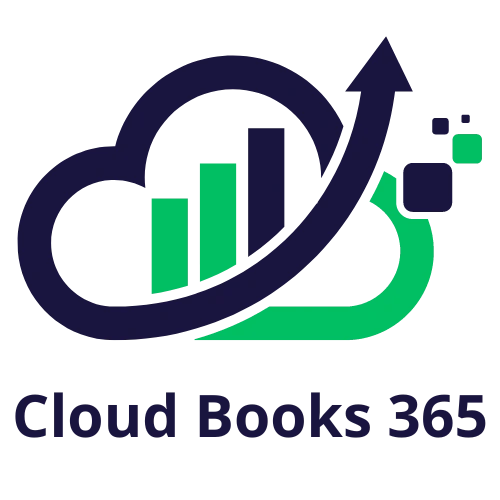What is a Balance Sheet?
A balance sheet is one of the most fundamental financial statements used by accountants and business owners alike.
It provides a snapshot at a specific point in time of what a company owns (assets), what it owes (liabilities), and the value that remains for the shareholders (equity).
Understanding a balance sheet is crucial for assessing a company's financial health and making informed decisions.
Components of a Balance Sheet
Assets
Assets are resources owned by a company that have economic value. These are categorized into:
Current Assets: These are assets that can be converted into cash within one year. Examples include:
- Cash and Cash Equivalents: Money in the bank and short-term investments.
- Marketable Securities: Financial instruments that can be sold quickly.
- Accounts Receivable: Money owed by customers for goods or services.
- Inventory: Goods available for sale.
Non-current Assets: These assets are held for longer than a year and include:
- Property, Plant, and Equipment (PPE): Long-term assets like buildings and machinery.
- Intangible Assets: Non-physical assets such as patents and trademarks.
- Long-term Investments: Investments that won't be sold within a year.
Liabilities
Liabilities represent what a company owes to others. These are divided into:
Current Liabilities: Obligations due within one year, such as:
- Accounts Payable: Money owed to suppliers.
- Short-term Debt: Loans that must be repaid in the short term.
- Current Portion of Long-term Debt: The part of long-term loans that is due within the next year.
Non-current Liabilities: These are debts and other obligations that are due after one year, including:
- Long-term Debt: Loans and bonds that are repayable over a longer period.
- Deferred Tax Liabilities: Taxes that have been accrued but not yet paid.
- Pension Obligations: Future pension payments owed to employees.
Equity
Equity, also known as shareholder's equity, is the residual interest in the assets of the entity after deducting liabilities. It includes:
- Common Stock: The basic ownership interest in a company.
- Retained Earnings: Profits that have been reinvested in the business rather than paid out as dividends.
- Additional Paid-in Capital: The extra amount shareholders have paid over the nominal value of the shares.
Reading and Interpreting a Balance Sheet
Understanding how to read a balance sheet allows stakeholders to analyze a company's liquidity, solvency, and efficiency:
- Analyzing Liquidity: Measures like the quick ratio and current ratio assess a company's ability to cover its short-term obligations.
- Understanding Solvency: The debt-to-equity ratio and interest coverage ratio help evaluate a company's long-term debt-paying ability.
- Evaluating Efficiency: Ratios such as asset turnover and inventory turnover indicate how effectively a company is using its assets to generate sales.
